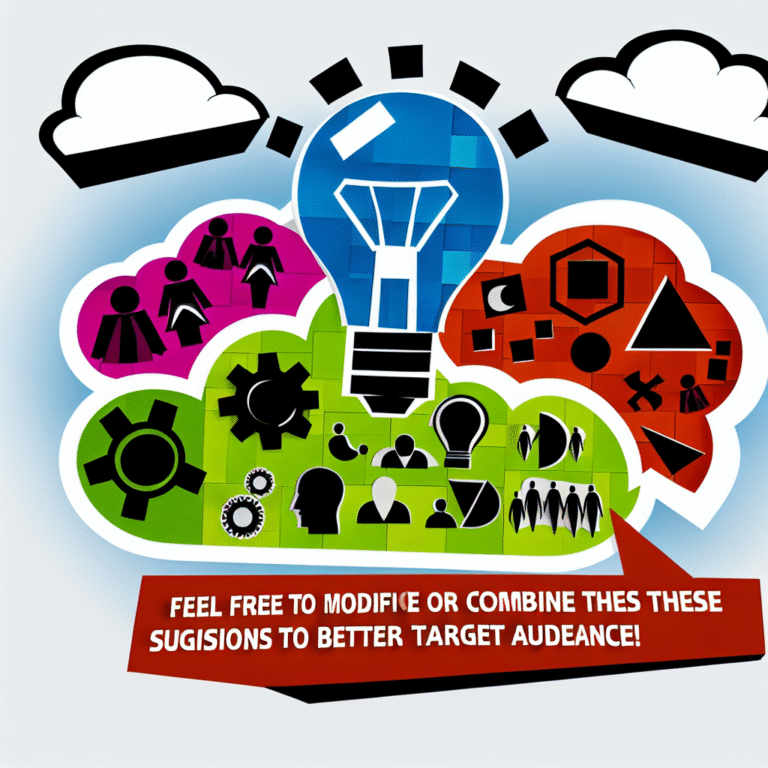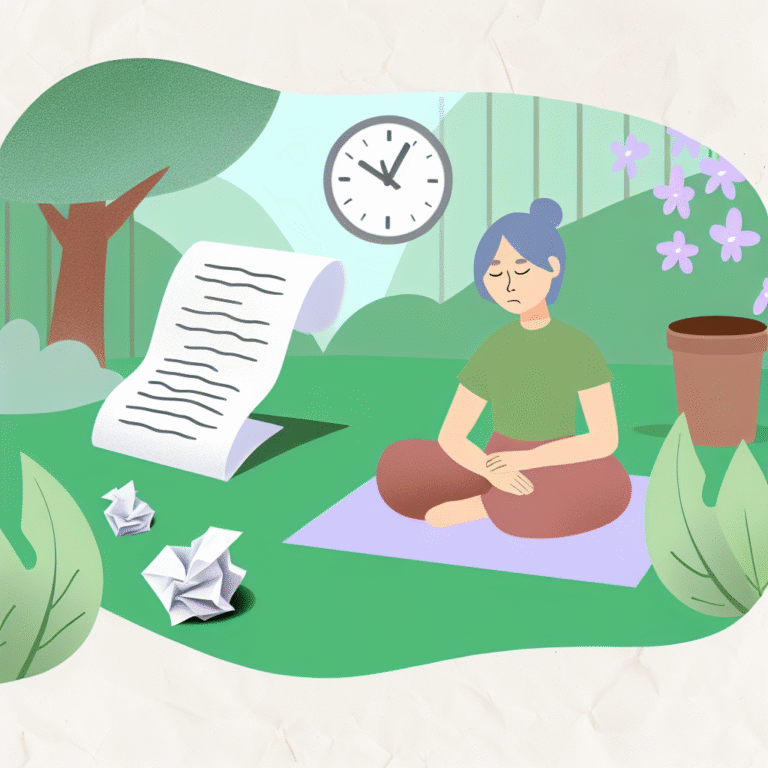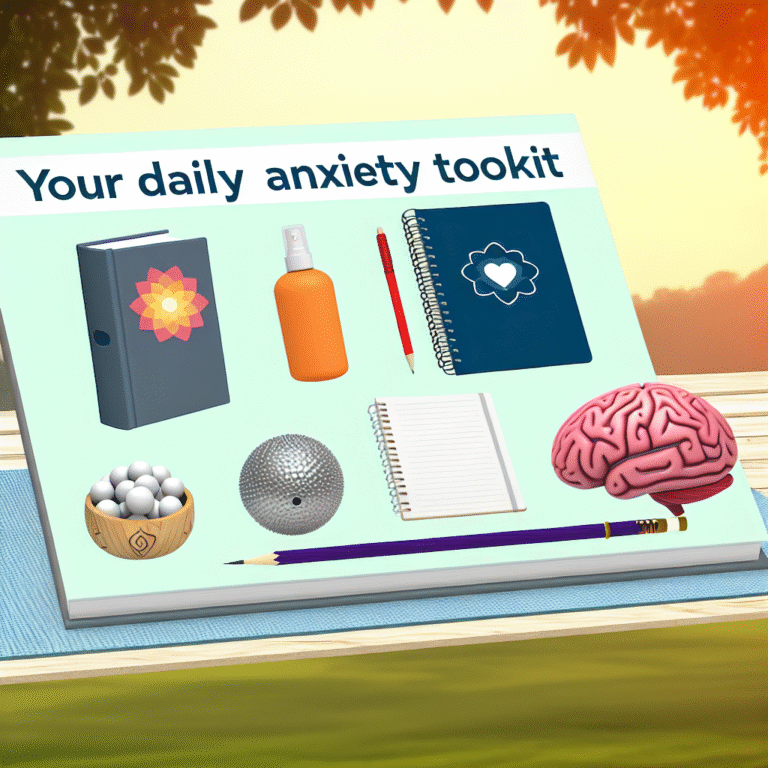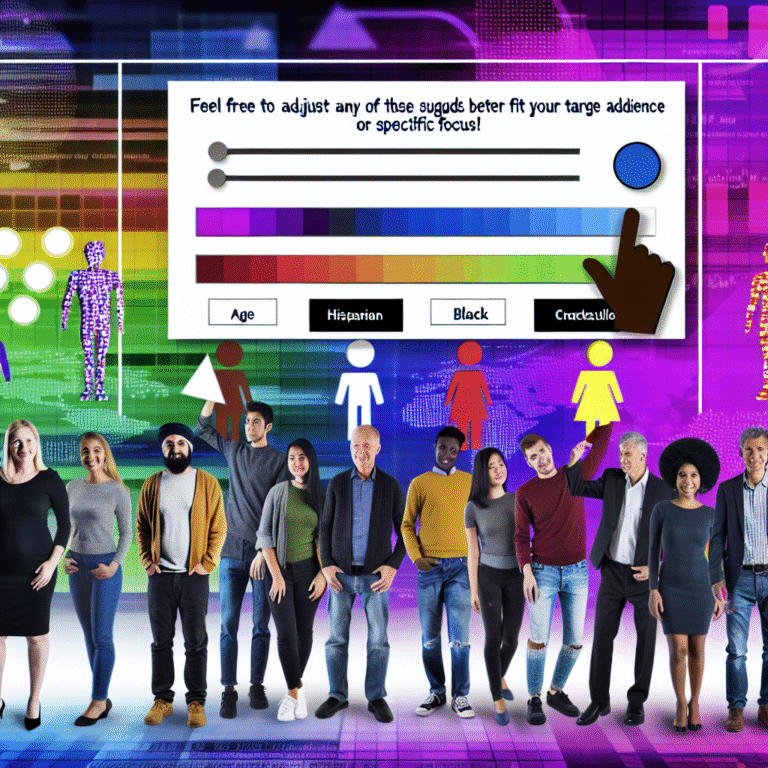Teen Turmoil: Understanding the Early Signs of Bipolar Disorder
Introduction
In the tumultuous world of adolescence, emotions can fluctuate dramatically—sometimes feeling like a perpetual roller coaster of highs and lows. While mood swings are a typical part of teenage development, they can also foreshadow more serious mental health issues, particularly bipolar disorder. Teen Turmoil: Understanding the Early Signs of Bipolar Disorder is not just about identifying symptoms; it’s about recognizing the nuances of a challenging phase in young people’s lives. This article aims to untangle the complexities of bipolar disorder, offering insights, real-world examples, and actionable advice for parents, educators, and teenagers themselves.
Understanding Bipolar Disorder
Defining Bipolar Disorder
Bipolar disorder, formerly known as manic-depressive illness, is a mental health condition characterized by extreme mood swings. These swings range from manic highs, where an individual may feel extraordinarily energetic and elated, to depressive lows, involving feelings of sadness and hopelessness.
Types of Bipolar Disorder
Bipolar I Disorder: Defined by manic episodes lasting at least a week or by manic symptoms that are so severe they may require hospitalization.
Bipolar II Disorder: Characterized by a pattern of depressive episodes and hypomanic episodes, but not the full-blown manic episodes typical of Bipolar I.
- Cyclothymic Disorder: A milder form that involves numerous mood swings, with periods of hypomania and depressive symptoms lasting for at least two years.
Why Early Recognition Matters
Recognizing the early signs of bipolar disorder in teenagers is crucial. Early intervention can lead to more effective treatment, minimizing the long-term impact on their life, relationships, and opportunities.
Early Signs of Bipolar Disorder in Teens
1. Mood Swings
Adolescence is a time filled with emotional ups and downs; however, mood swings in bipolar disorder are more extreme. These changes can occur quickly—within hours or days—instead of over weeks or months.
Case Study: Consider Sarah, a 15-year-old who was always cheerful and sociable but suddenly became irritable and withdrawn for several weeks before experiencing a phase of excessive energy that led her to start multiple projects without finishing any. Sarah’s emotional volatility eventually prompted her parents to seek help, leading to an accurate diagnosis.
| Mood Category | Characteristics |
|---|---|
| Manic | Overly happy, increased activity, racing thoughts |
| Depressive | Sadness, fatigue, disinterest in activities |
2. Changes in Behavior
Teenagers experiencing early signs of bipolar disorder may engage in risk-taking behaviors. It is important to differentiate between typical teen rebelliousness and manic episodes.
Case Study: Jake, an outgoing 17-year-old, suddenly started to neglect his school responsibilities, spending large amounts of money and engaging in unsafe activities such as driving recklessly. His shifting behavior was a red flag that ultimately led to a consultation with a mental health professional.
3. Sleep Disturbances
Sleep issues are a common indicator that a teenager may be facing bipolar disorder. During manic episodes, a teenager might require little sleep and feel rested, while during depressive phases, they may oversleep or experience insomnia.
4. Changes in Academic Performance
A drop in academic performance can be another critical sign. When bipolar disorder takes hold, the fluctuations in mood can interfere with concentration, memory, and overall motivation to engage in schoolwork.
Case Study: Emily, a high-achieving student, began to struggle academically during a depressive episode, failing to complete assignments that she once would have approached with diligence. This change in performance became a wake-up call for her parents to investigate further.
Understanding the Impact of Early Signs
Recognizing the early signs of bipolar disorder can mitigate many harmful consequences:
1. Preventing Social Isolation
Teenagers with untreated bipolar disorder may withdraw from friends and family, leading to isolation. Understanding and identifying these early signals can help foster supportive environments.
2. Protecting Academic Opportunities
Early intervention can ensure that educational support is provided, helping students maintain their academic standing.
3. Reducing Risky Behaviors
Identifying bipolar disorder early can prevent individuals from engaging in impulsive, dangerous behaviors that could have long-term implications for their health and safety.
Assessment and Diagnosis
Seeking Professional Help
If early signs such as those discussed above appear evident, seeking professional help is essential. A mental health professional can conduct evaluations to provide an accurate diagnosis.
Diagnostic Tools
Clinical Interviews: Standardized assessments conducted by mental health professionals.
Behavioral Checklists: Tools like the Young Mania Rating Scale (YMRS) can assist in screening.
- Family History: Understanding family medical history can be crucial in diagnosis.
Treatment Options
1. Therapy
Therapeutic approaches vary and can include:
Cognitive Behavioral Therapy (CBT): Helps teens understand and change problematic thought patterns.
- Family Therapy: Involving family can be beneficial in creating a supportive environment.
2. Medication
In many cases, medication is necessary to manage symptoms effectively. Mood stabilizers, antipsychotics, or antidepressants may be prescribed, depending on individual needs.
3. Lifestyle Changes
Encouraging healthy lifestyle practices can also aid in management. Regular exercise, a balanced diet, and sleep hygiene play significant roles in mood regulation.
Actionable Insights for Parents and Guardians
Educate Yourself: Understanding bipolar disorder by seeking reliable resources will empower you to support your teenager effectively.
Establish Open Communication: Foster an environment where your teen feels safe discussing their feelings.
Encourage Professional Help: Don’t hesitate to seek a mental health professional if you notice concerning signs.
Monitor Behavior: Keep track of mood changes, sleep patterns, and academic performance. Documenting these changes can be invaluable for healthcare providers.
- Be Supportive: Remain patient and supportive, as navigating bipolar disorder can be challenging for both the teenager and their family.
Conclusion
Teen Turmoil: Understanding the Early Signs of Bipolar Disorder highlights the importance of vigilance during the adolescent years. Mood changes are common, but recognizing the extremes and understanding the implications can lead to timely intervention. Families, friends, and educators must work together to support young people who may be navigating this complex mental health condition.
By fostering dialogue, seeking help when needed, and enabling proactive strategies, we can help mitigate the impact of bipolar disorder so that teenagers can thrive instead of merely survive.
FAQs
1. What are the first signs of bipolar disorder in teenagers?
Early signs often include significant mood swings, changes in behavior, sleep disturbances, and academic decline.
2. Can bipolar disorder be diagnosed in teenagers?
Yes, bipolar disorder can be diagnosed in teenagers through clinical assessments conducted by mental health professionals.
3. How can parents help if they suspect their teen has bipolar disorder?
Educate yourself about the disorder, maintain open communication, and encourage professional help.
4. What role does genetics play in bipolar disorder?
Genetic predisposition can increase the risk of developing bipolar disorder; a family history of the condition can be a significant factor.
5. Are there non-medication treatments available for bipolar disorder?
Yes, therapeutic approaches like Cognitive Behavioral Therapy (CBT) and lifestyle changes (like exercise and diet) can be beneficial in managing symptoms.
By exploring Teen Turmoil: Understanding the Early Signs of Bipolar Disorder, readers can gain comprehensive insights and practical tools to navigate these adolescent challenges with greater awareness and empathy.

















